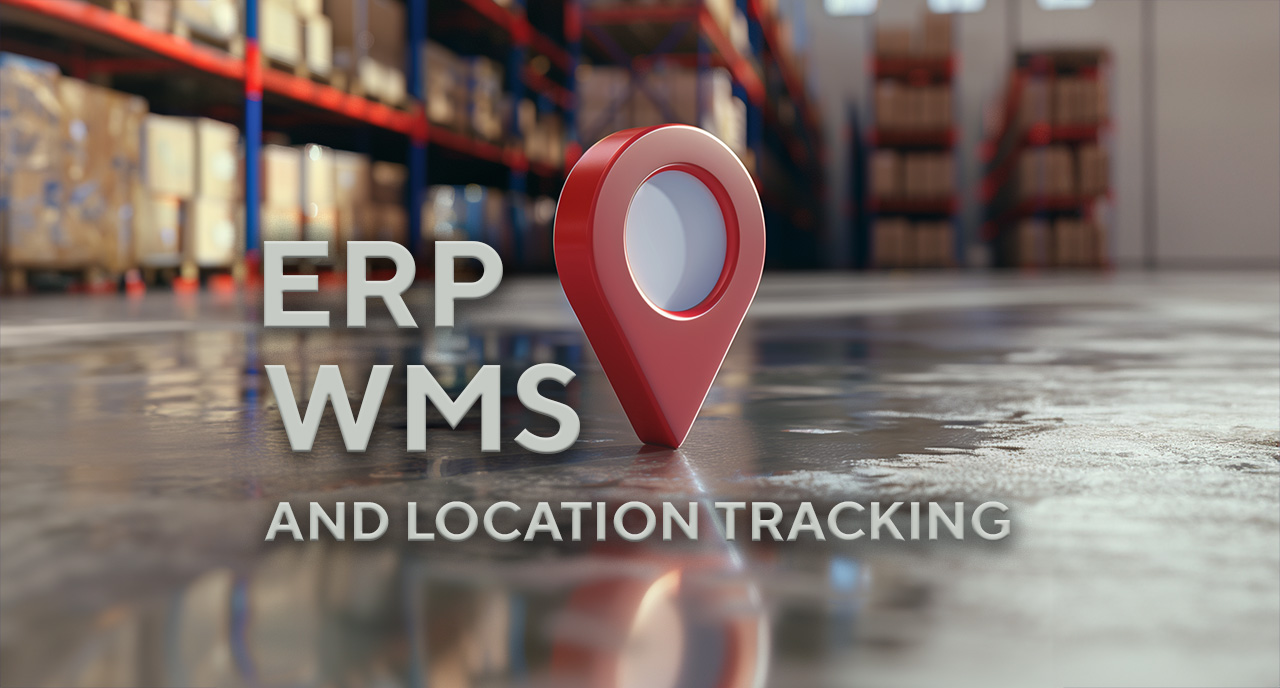The State of UWB in 2022 Trend 1
The State of UWB in 2022
7 Trends that shape the RTLS landscape
Trend #1 Chip interoperability is guaranteed through a solid IEEE standard
IEEE standard
Wireless applications prosper best within the sphere of industry standards. Standards offer the freedom to purchase from a larger pool of suppliers, competitive pricing, a common technology that eases design decisions and inventory requirements, and most importantly, standards allow devices or chips from different vendors to interoperate, creating a truly future-proof solution.
The benefits of communication standards are important for large technology and consumer electronics companies to guarantee the lowest cost and continuity of supply, thereby avoiding the single-source trap. This ‘peace of mind’ aspect is the main blessing of standards that makes large companies big supporters. Furthermore, a standard is usually based on a collective experience and cooperation which increases reliability and long-term availability. A good standard also creates an ecosystem of multiple vendors (competing on quality and price), all helping to further bolster UWB adoption and future-proofing.
UWB Standardization
Despite the renewed interest in UWB technology in the 1980s, it took until 2002 for the official UWB standardization initiative to kick off when the FCC (US Federal Communication Commission) approved the use of the unlicensed UWB for commercial purposes. Also, the European and other regional regulating bodies defined the use of the communication channels and frequency range.
This means that UWB operates in a regulated unlicensed spectrum and that anyone can implement UWB communication systems without a telecommunications license as long as their system operates within the regulated frequency and respect the power range limit of UWB transmissions to avoid interference with other wireless communication technologies.
https://www.pozyx.io/technology/uwb-technology#UWB-and-other-indoor-positioning-technologies
UWB finds its home in the IEEE 802.15.4 standard for wireless communication.
IEEE 802.15.4 is the technical standard that defines the operation of low-rate wireless personal area networks and the first version to introduce UWB was the IEEE 802.15.4a, released in August 2007.
IEEE 802.15.4 standard versions have impacted UWB
IEEE has recognized the need to standardize UWB technology for use in personal area networks (PANs). It has established the IEEE 802.15.4a, released in 2007, the first standard to include UWB and to define both the MAC (link layer) and PHY (physical layer) within the OSI model (which defines the 7 layers of network architecture). These additions introduced new features that the previous 802.15.4 standard was lacking to be able to support UWB: higher data throughput and precise ranging. The next standard versions IEEE 802.15.4-2011 and IEEE802.15.4-2015 were released to enable backward compatibility and introduce both the LRP & HRP (low rate pulse & high rate pulse) UWB PHY. This version is still used in many of the commercially available UWB devices today.
In August 2020, the IEEE 802.15.4z was released with a focus on enhanced ranging capabilities, high increase of security, and enhanced power consumption, indeed all characteristics needed to further enhance and optimize UWB solutions. The next expected release is planned for 2025 with version IEEE 802.15.4ab. It will support new rule sets to expand use cases, new smartphone features, increased security through smaller packages, and significantly lower power.
As a conclusion, the IEEE standard not only crafts stability and interoperability, it also propels the UWB feature set that translate into benefits from which the UWB devices and their applications can prosper.
10 Benefits that explain the UWB success

To find out more on the 10 Essential UWB Benefits, download the eBook
UWB works like a GPS on steroids that embodies all required features to make it the technology of choice for RTLS solutions. UWB is the most precise location technology available and offers by far the best solution for industrial use cases. RTLS solutions based on UWB track anything in manufacturing and beyond - people, assets, equipment, and vehicles - to analyze workflows, optimize efficiency and increase security.
Learn more in the eBook and read the first chapters
Download the pdf for better readability and for future reference
And get bonus content with quotes from industry leaders & infographics
Stay in the loop!
Stay up to date with the latest Pozyx news. Learn from RTLS and UWB industry experts. Receive product update notifications, tips & exclusive subscriber offers. Get event invites and free admission tickets. Be first to read our articles and blogs. Don’t miss out! No spam, promise.
Yes, sign me up
7 trends are key drivers for UWB success
eBook Content
Introduction & short history of UWB - analyst predictions
#1 Chip interoperability is guaranteed through a solid IEEE standard
#2 Global regulations enable worldwide coverage
#3 Semiconductors to choose from propagate adoption & avoid vendor lock-in
#4 Application standardization is secured by alliances & consortiums
#5 UWB is the growing star in the center of active research
#6 Mature RTLS deployment tools bolster quick and reliable RTLS solutions
#7 Growing RTLS ecosystem boosts application confidence
Interested in all 7 trends?











